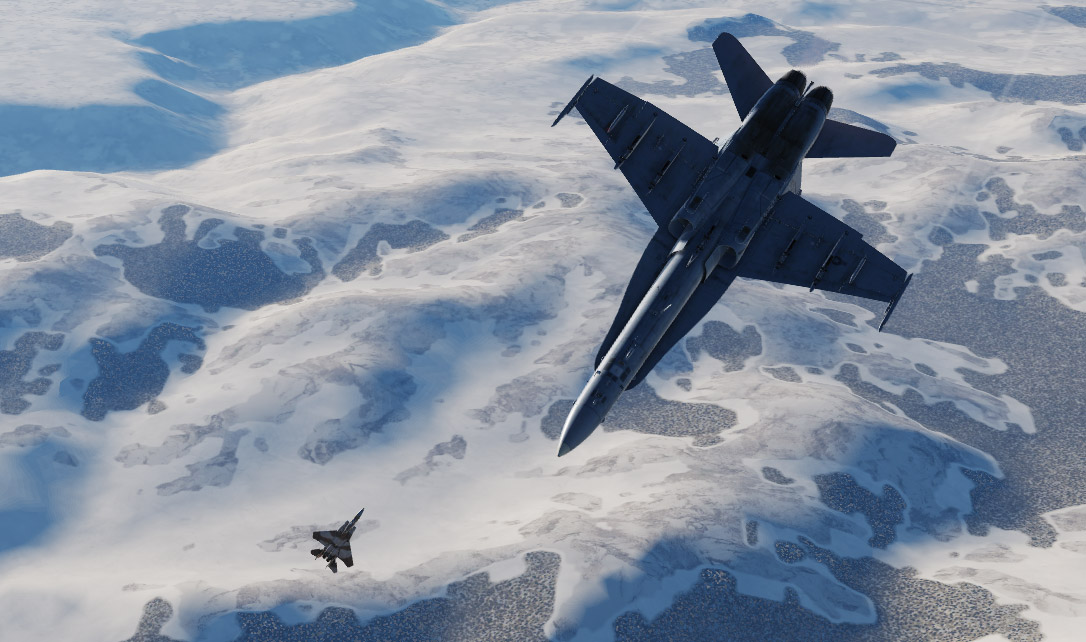


Such de-briefs involve the use of modern graphics and display techniques that can bring out training and other points to aircrew and ground staff. This enables real-time air-to-air exercises to be carried out and also complex ground debriefs ( after-action review or AAR) based on data recorded at the time. Radio transmissions from the aircraft report its position in three dimensions to other aircraft on the range and also to ground control. Recording of aircraft tracks can therefore be independent of ground-based radar, and are sometimes called range-less or autonomous. Unlike first-generation ACMI systems, which use ground radars to track and record the position of the aircraft on the range, AACMI systems use aircraft-mounted satellite navigation systems such as the US NAVSTAR GPS system. Autonomous air combat maneuvering instrumentation Īutonomous air combat maneuvering instrumentation (AACMI) are second-generation GPS-based ACMI systems. rifle battalion (airborne or air assault battalions or a naval infantry battalion), whose immediate mission is to seize a strongpoint or 2-3 city blocks. Realistic training scenarios involve more aircraft, and therefore we would like to move to more complex scenarios. investigated air combat behavior in 2v1 scenarios, in which a team of two agents learned to fight a single, statically scripted enemy.
2V2 AIR COMBAT MANEUVERS SOFTWARE
ICADS is the display software that receives data from the CCS and displays it in a three-dimensional graphical user interface. methods 1 to generate air combat behavior (see, e.g., 2, 3, 4). Advanced Display and Debriefing or Individual Combat Aircrew Display Advanced Display and Debriefing Subsystems (ADDS) are quickly vanishing and being replaced by Individual Combat Aircrew Display Systems (ICADS) because the ICADS software can run on any compatible personal computer. The CCS now gets a complete TSPI message from the AIS pod via the TIS, and forwards this data to a display system. Modern ACMI systems no longer triangulate instead, a GPS unit is installed in each Airborne Instrumentation Subsystem (AIS) pod to calculate its own position, thereby relieving the CCS of the triangulation algorithm. Airborne Instrumentation Antiquated ACMI systems triangulated each pod's position and relayed that TSPI back to the CCS. Each remote interrogates an AIS pod (see below) loaded on each aircraft flying on range, and receives the response and relays it to the TIS. One of these remotes is at the TIS, and is referred to as the "remote at Master". The TIS will have 1–9 interrogators (remotes) scattered throughout the range. Transmission Instrumentation The Transmission Instrumentation Subsystem (TIS) is firmware running at or near a communications tower on the range the aircraft are flying around. 2 Autonomous air combat maneuvering instrumentationĪCMI usually includes 4 major subsystems.Ĭontrol and Computation The Control and Computation Subsystem (CCS) is usually a rack-mounted personal computer running applications that calculate Time-Space-Position-Information (TSPI).


 0 kommentar(er)
0 kommentar(er)
